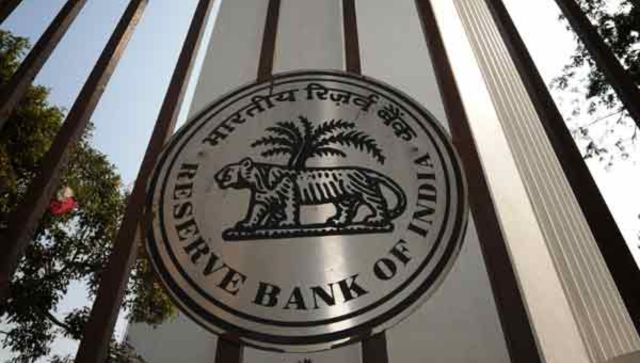The RBI wants to allow customers to choose their card networks. Under the current setup, credit and debit card companies have bilateral agreements with banks and non-banks. But what does the circular say? And what does this mean for customers? Let’s take a closer look: What happened? The RBI in a draft circular on Wednesday asked banks and non-bank lenders to issue credit, debit and prepaid cards on multiple networks in order to give customers freedom of choice. “On a review, it is observed that arrangements existing between card networks and card issuers (banks and non-banks) are not conducive to the availability of choice for customers,” the RBI said in a draft circular seeking comment. “Card issuers and card networks shall adhere to the above requirements in existing agreements at the time of amendment or renewal thereof, and fresh agreements executed from the date of this circular,’’ it added, as per The Telegraph India.
Outlook quoted RBI as saying it had done so in the public interest.
Networks of American Express (AXP.N), Diners Club International, Mastercard (MA.N), Visa (V.N) and homegrown RuPay provide services to customers in India, but the provider is usually determined by the bank depending on the card issued. According to Business Today, the circular proposes that customers be allowed to choose cards from multiple vendors as well as change their cards at any time. The proposal also calls for exclusive agreements between card-issuing banks and networks to be barred. These changes will be effective 1 October and stakeholder feedback is invited by 4 August, the added. The debit card segment is dominated by RuPay which has around 700 million cards and a 65 per cent market share. Meanwhile, Visa and Mastercard dominate the credit card market. [caption id=“attachment_12836372” align=“alignnone” width=“640”] Representational image[/caption] RBI data as showing that credit card debt has risen to Rs 2 lakh crore in FY23. That’s a massive 29.7 per cent increase since FY22. Banks have, till April 2023, issued 8.65 crore credit cards, as per Business Today. Outlook quoted RBI data as showing that 9.73 crore debit cards had also been issued. “The outstanding debt of over Rs 2 lakh crore underscores the power of credit cards in enabling individuals to fulfil their needs and wants,” Meet Semlani, co-founder, Tartan, told Indian Express. What does this mean for customers? Experts say this will be a boon for customers. According to Business Today, this will enhance customer choice, increase competition, and lead to a more inclusive and cost-effective payment ecosystem. It will also level the playing field for industry stakeholders.
A senior private sector bank executive told Moneycontrol, “This is a good move for customers as they will have multiple options.”
Ranadurjay Talukdar, partner and payments sector leader, EY India, added, “The proposal by RBI is a significant move as it will bring wider choice to consumers, while also ending exclusive issuance arrangements that card networks have with leading issuers.” “Traditionally, consumer choice in cards in India has rarely been driven by the network. Unlike markets like the US, choice has been driven by the issuer and the underlying value proposition. The proposal by RBI is a significant move as it will bring wider choice to consumers, while also ending exclusive issuance arrangements that card networks have with leading issuers. This will provide banks with much-needed encouragement to issue credit cards on UPI, as that is clearly the strongest proposition on the credit side from the Rupay network. On the debit side, the bulk of the issuance volume is currently on Rupay and most PSUs issue RuPay cards by default,” Talukdar told Business Today. “Customers can have the choice to choose the credit, debit or prepaid card of their choice according to the benefits they are looking for,” TechnoFino founder Sumana Mandal told Moneycontrol. However, banks might not fare as well. With the circular, banks and card networks may have to work on renegotiating the fees involved," the executive told the outlet. “Banks have to pay an annual fee to card networks. Now, if they are looking at having multiple networks on the same card, they will have to pay that much annual fee which may lead to a slight rise in their operational costs,” Mandal said. With inputs from agencies


)

)
)
)
)
)
)
)
)



